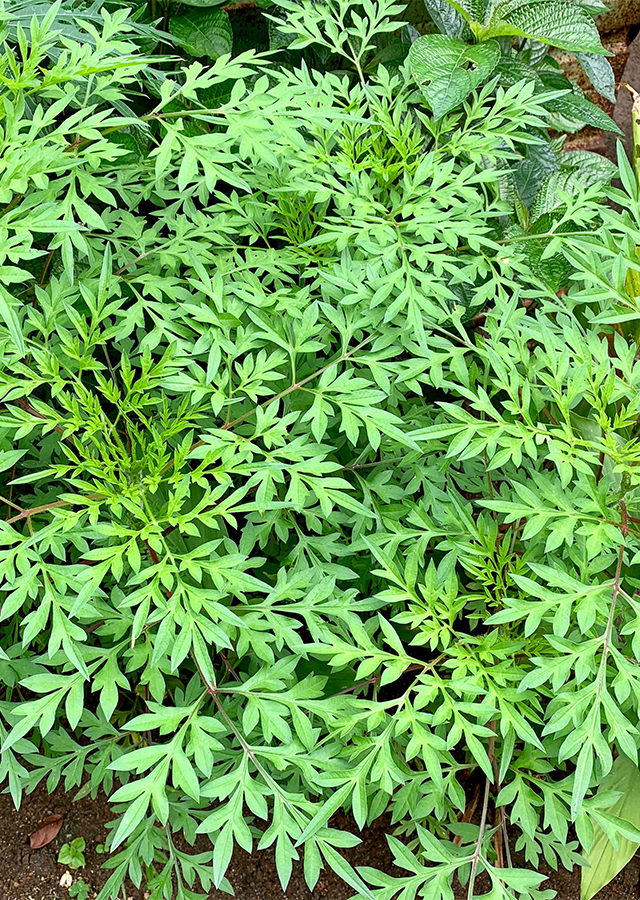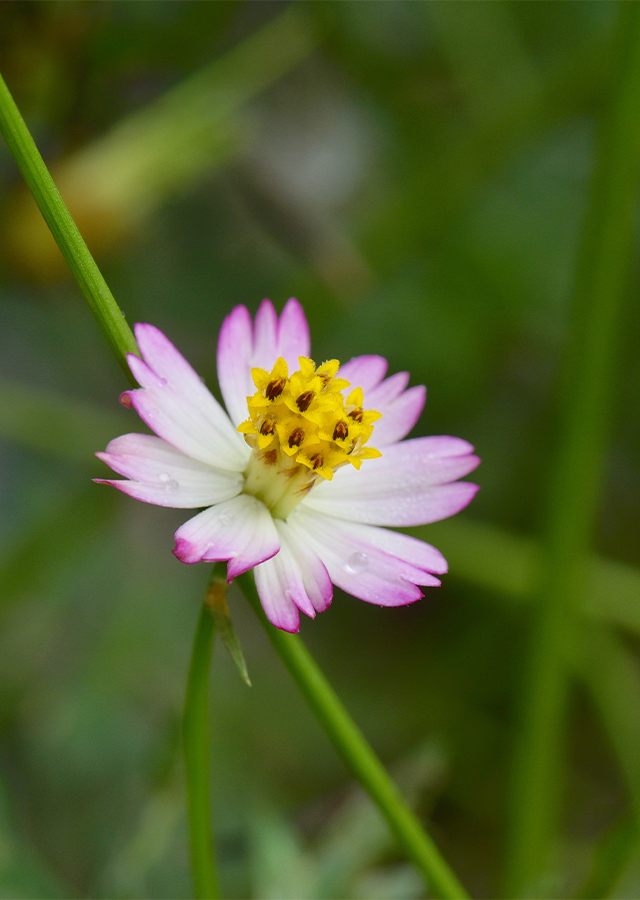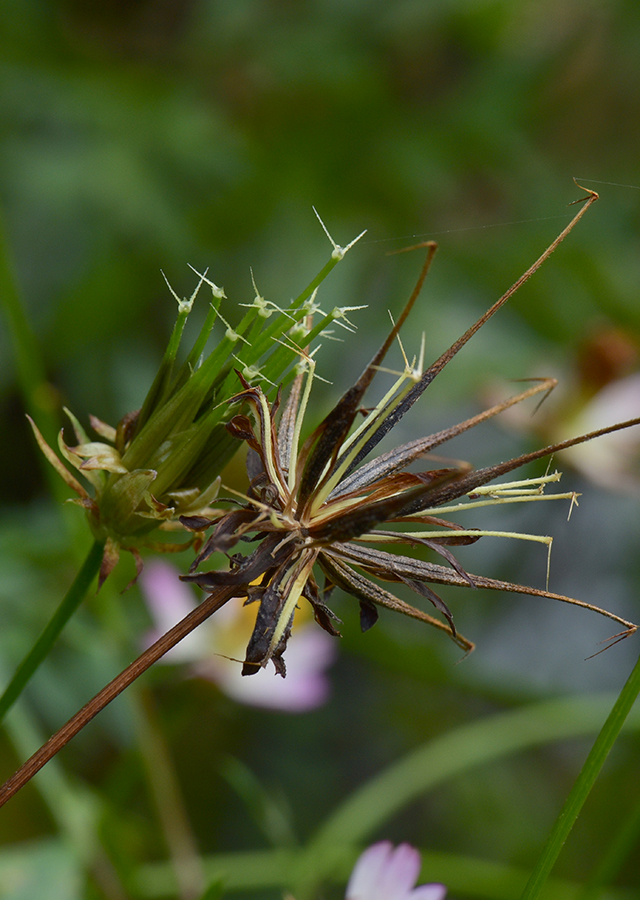Cosmos
Cosmos caudatus Kunth
Asteraceae
Location in our garden
Principal



Synonym
Bidens artemisiifolia var. caudata (Kunth) Kuntze
Bidens artemisiifolia var. rubra Kuntze
Bidens berteroana Spreng.
Habitus
Shrubs. Annual herb 0.3–2.5 m high, with a weak taproot.
Part Used
Leaves
Growing Requirements
Full Sunshine
Habitat
Riverbanks
Coastal
Roadside
Grassland
Overview
Cosmos is indigenous Mexico to tropical America. It was introduced by the Spaniards into the Philippines, possibly because it was used by them as a vegetable at sea. Now it is pantropical, including South-East Asia, where it is cultivated but also occurs in a naturalized state.
Vernacular Names
Cosmee (Germany), Clavellillo (Puerto Rico), Romerillo (Cuba), Ulam Raja / King’s Salad (Malaysia), Kenikir (Indonesia), Flor de Muerto (Costa Rica), Chactsul (Mexico), Lansa-Lansa (Philippines), Kosmos Chvostatyj (Russia), Mozote-doradilla (El Salvador)
Agroecology
When not cultivated, cosmos often occurs as a weed in the neighbourhood of human habitations, e.g. in fields and waste places, from the lowlands up to 1600 m altitude. It likes sunny places with a not too humid atmosphere and a fertile and pervious soil.
Morphology
- Stems - longitudinally striate, green, often tinged with purple.
- Leaves - opposite, 2-4 pinnate or pinnatipartite, triangular-ovate in outline, 2.520 cm × 1.5-20 cm, above dark green, subglabrous, below light green with minute hairs; petiole up to 5 cm long.
- Flowers - Inflorescence a head, terminal (with other heads forming a lax panicle) or axillary, solitary, in the axils of the higher leaves.
- Fruits - an achne, linear-fusiform, 4-angular,1-3 cm long, black, ending in a beak with 2-3 short unequal awns
Cultivation
The plant’s life cycle ends after it flowers and sets seed. To prolong the plant’s lifespan, discourage flowering by periodically removing some of the leaves and immediately cutting any floral stalks that emerge. Plant in soil with good drainage.
Propagation is by seed. Sowing is done directly in the field or first in a nursery. The seedlings are transplanted to the field when they are three weeks old. Planting distances of 25-30 cm × 25-30 cm are recommended.
Chemical Constituents
Phytochemicals such as proanthocyanidins, quercetin glycosides such as quercetin-3-Oglucoside, quercetin-3-O-arabinofuranoside, quercetin-3-O-rhamnoside, quercetin-3-Oglucoside, quercetin deoxyl-hexose, chlorogenic, neochlorogenic, cryptochlorogenic acid, caffeic acid, ferulic acid, and (+)catechin
Traditional Medicinal Uses
Medical Uses
- Used as anti-hypertensive activity from dichloromethane extract and aquoeous extract
- Used as anti-inflammatory activity and bone-protective effect from methanol extract and aqueous extract.
- Used as anti microbial and anti fungal activity from n-hexane extract, diethyl ether extract, dichloromethane extract.
- Used as anti-oxidant activity from the fresh sample, ethanol extract and aqueous extract.
- Used as anti-diabetic activity trom ethanol extract and hexane extract.
Traditional Uses
- Traditionally, C. caudatus has been used to boost blood circulation, to strengthen the bones, to reduce body heat, as an anti-aging agent, and to treat infectious disease
- In Malaysia it is used as a traditional medicine to purify the blood and to strengthen the bones.
- The leaves may be consumed raw in salads. Young shoots have been described as tasting like mangoes. It contains more than 20 types of antioxidants
Part Used
Reference Sources
- Useful Tropical Plants. Cosmos caudatus Kunth. https://tropical.theferns.info/viewtropical.php?id=Cosmos+caudatus
- NParks. Cosmos caudatus Kunth https://www.nparks.gov.sg/florafaunaweb/flora/4/0/4077
- Bunawan H, Baharum SN, Bunawan SN, Amin NM and Noo NM. 2014. Cosmos Caudatus Kunth: A Traditional Medicinal Herb. Global Journal of Pharmacology 8 (3): 420-426
- Moshawih S, Cheema MS, Ahmad Z, Zakaria ZA, and Hakim MN. 2017. A Comprehensive Review on Cosmos caudatus (Ulam Raja): Pharmacology, Ethnopharmacology, and Phytochemistry. International Research Journal of Education and Sciences (IRJES) 1 (1).

